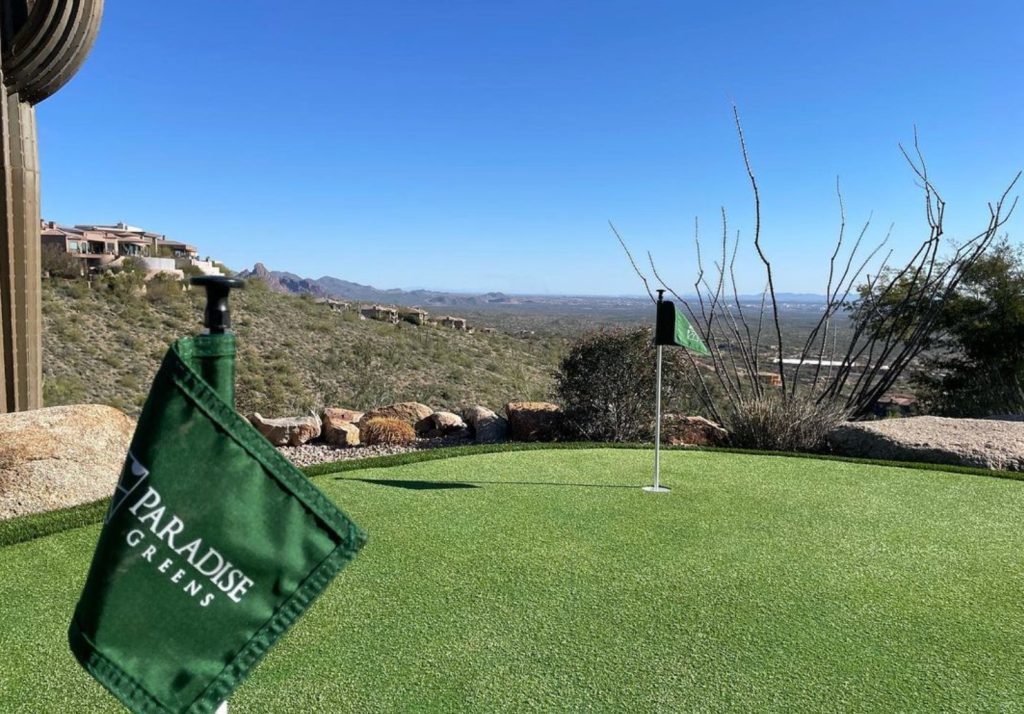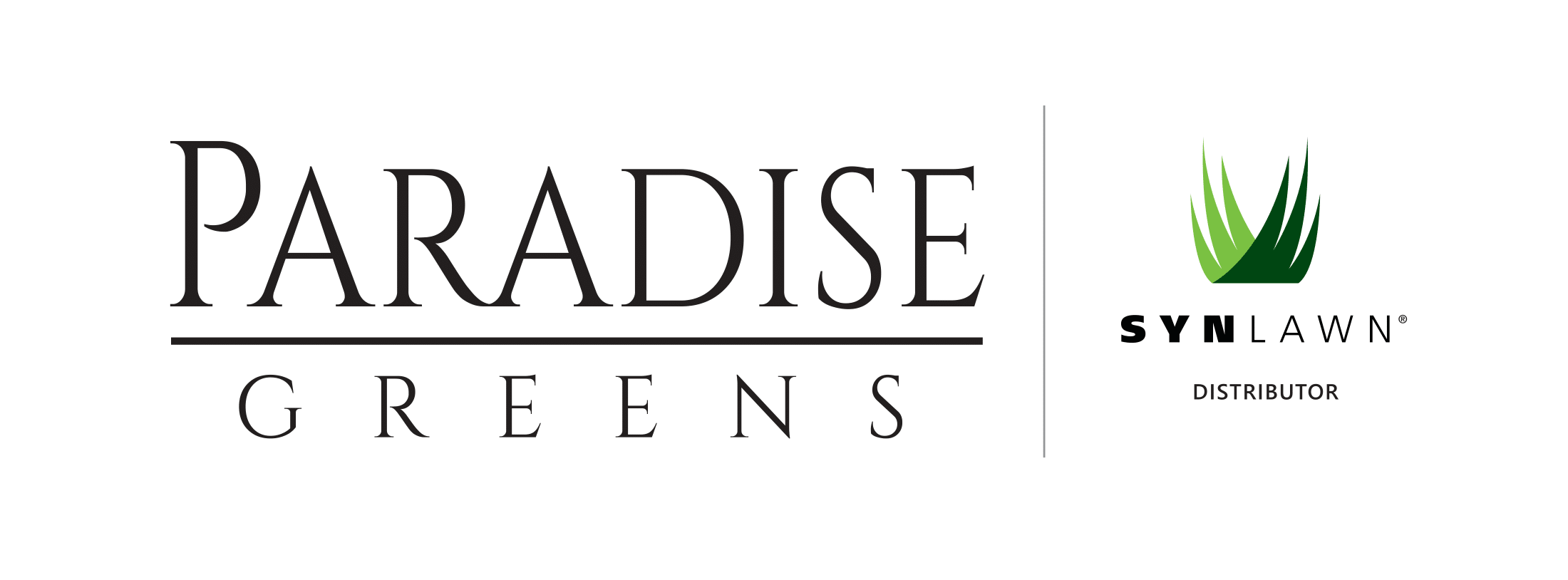
The popularity of artificial turf as a landscaping option has certainly skyrocketed over the years – and it’s easy to understand why. Not only does it provide a visually pleasing lawn without needing much time or effort to maintain, but it also offers a durable, low-maintenance surface that can be used all year round, regardless of the weather conditions. This is especially useful for golf courses, soccer fields, playgrounds, etc.
Yet, it wasn’t until the 1960s that the concept of artificial turf was even born.
The concept of designing an artificial playing field began to gain traction in the early 1800s’, as attempts were made to create a playing field that could withstand mother nature’s elements and the heavy wear and tear of sports.
Fast-forward to the early 1900s’ where the first “synthetic surface” emerged, crafted out of materials such as cork and felt to deliver a sturdy and reliable playing surface. However, because these solutions were expensive and require quite a bit of maintenance, they weren’t widely accepted.
Then, in the 1960s’, the world was introduced to the first artificial turf field, ever. Research chemist, David Chaney, had the idea to create a synthetic playing surface that could be used for indoor sports like baseball, football, and soccer. With his team, he came up with a surface made from nylon that would be coated in a rubber-like material and therefore, creating a durable and non-slip surface.
The Houston Astrodome was the first stadium to ever use this new artificial turf in 1966 as it was the worlds first indoor stadium. In honor of the Astrodome, this new synthetic field was named “AstroTurf” and it quickly gained traction becoming a popular option for stadiums and professional playing fields.
A big reason for this is because of the durability that artificial turf offers. Unlike natural grass, which can become damaged and muddy in wet conditions, artificial turf could be used year-round, regardless of weather conditions. Thus, making it ideal for indoor sports, where the weather was not a factor, and for outdoor sports, where it could be used in all seasons.
Artificial turf also has quite low maintenance requirements. Natural grass fields require regular watering, mowing, and fertilization to maintain their appearance and durability (spending of time and money). Artificial turf on the other hand can be installed once and only requires minimal maintenance through the course of it’s lifetime.
But don’t be fooled, the early versions of artificial turf had their drawbacks. Because it was made from hard materials, like nylon, it was less forgiving than natural grass. Athletes could easily injure themselves if they slid or fell, especially during high-impact sports like football.
Thankfully, artificial turf has evolved since then and new materials and technologies have been developed to create a more realistic and safer playing surface. In the 1990s, a new type of artificial turf called “infill turf” was developed, which is made from a mix of synthetic fibers and small rubber pellets, which provide a more cushioned surface that is safer for athletes.
Artificial turf has come a long way since its humble beginnings as a solution for indoor stadiums. While it may have started as a natural grass alternative for professional sports, many homeowners are now enjoying the benefits as well!
Thousands of people are installing artificial turf in their backyards and gardens, creating a beautiful and low-maintenance outdoor space that can be enjoyed year-round. With advances in technology and manufacturing, modern artificial turf is designed to look and feel just like natural grass, while being more durable and long-lasting. Plus, it requires minimal maintenance, saving homeowners time and money on lawn care without having to sacrifice their “lawn goals”.
The point is, artificial turf has come a long way since it first emerged. The durability, low maintenance, and year-round usability make it an amazing alternative to natural grass whether it’s for your doggie daycare, school soccer field, or your back yard.
And we’re confident that it will only keep getting better and better as the technology continues to evolve.
